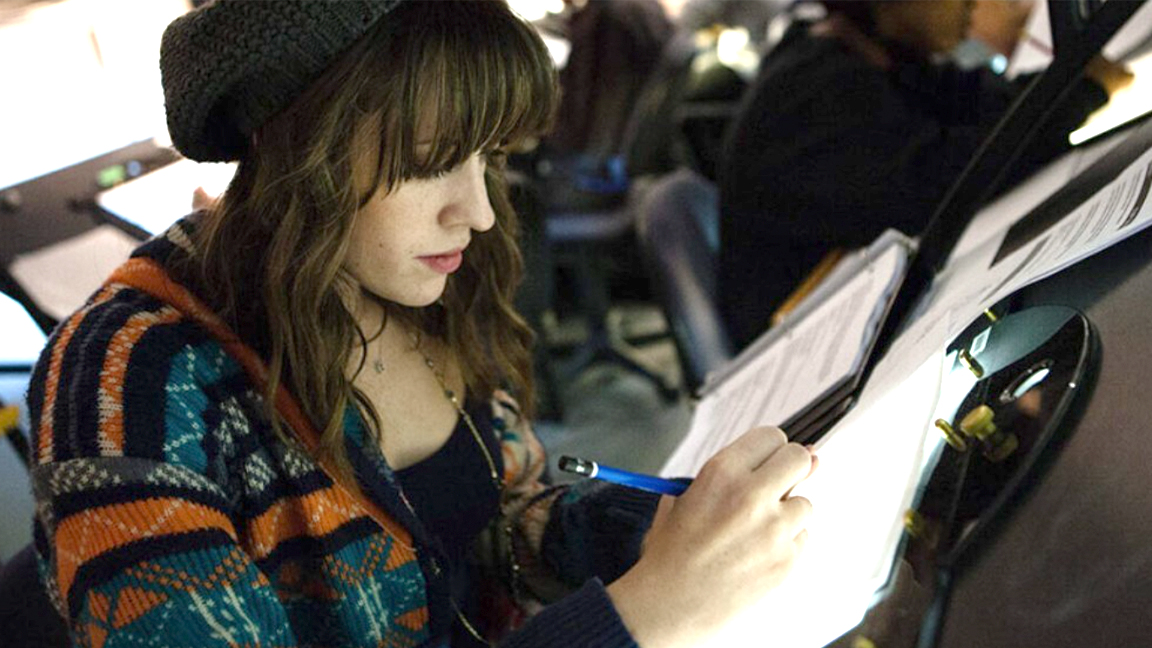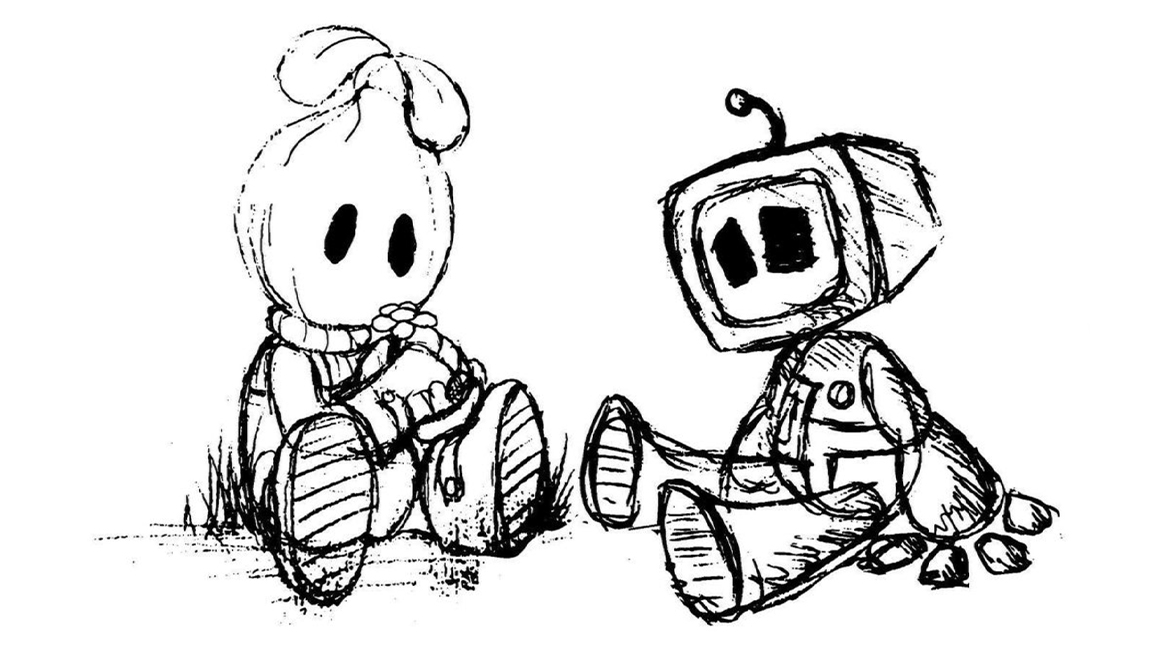The future of animation: pro advice to get metaverse-ready

The future of animation is up for grabs. Speaking with Vancouver Film School's Colin Giles, who's head of department for animation, it's clear the idea of animators being siloed into film or TV work, to focus on VFX and traditional animation, is coming to an end.
Animators need to be adaptable, but in doing so will find many industries are converging, and skills needed for visual effects can be used in video games and, yes, the metaverse.
We answer the big question of what is the metaverse? elsewhere on this site, but fundamentally it will be, and is, a network of digital platforms connected and enabling greater interaction. This can be virtually in 3D worlds, or across websites, social channels, in video games and through connected TV and music. The metaverse is linked to NFT art and Web 3, but one thing is clear: animators will be in demand.
We want to be a platform for students to maybe seek out multiple avenues of creative resources
"Our philosophy is we want you to find your place, we want you to find your voice," says Giles. "We want to be a platform for students to seek out multiple avenues of creative resources."
This means Vancouver Film School has a series of animation courses on offer to train up new talent, as well as deep routes in the industry – Industrial Light & Magic as well as Netflix Animation are heavily investing in the Vancouver area, and that's on top of the current VFX and video game studios. VFS can open doors to these studios for students and graduates.
All of these sectors “share the same methodologies, same technology, same software," says Giles. Around 30% of VFS's animation graduates found work in the video games industry. "It's a bit of a misnomer that we just provide students for the visual effects field or animation, I think the lines are being blurred, to be honest with you."
That blurring of lines is setting-up animation graduates to be the most sought after skilled artists in the metaverse – the same Unreal 5 tech and eye for animation used for VFX will be used in video games, advertising, virtual reality, digital experiences and more of Web 3's connected content. Below Giles offers some advice on how to prepare for what the future of animation could look like, and how to get noticed.
Daily design news, reviews, how-tos and more, as picked by the editors.
01. The future of animation: learn the pipeline

Speaking with Colin Giles, he suggests more students should learn the whole or more parts of the animation pipeline to prepare themselves for where their career may go. While he recounts how one graduate landed her dream job at Pixar he also reveals many graduates may enter industries they'd never considered before.
"Architectural visualisation is a huge growing market for a lot of the students in our 3D animation programme," says Giles who tells us graduates may not end up working on the "57th Marvel movie" but "it's every bit as creative, every bit as practical in terms of earning a living, and every bit of challenging."
02. The future of animation: adapt your skills

There isn't a single path to take for a career in animation, Giles tells us, and graduates are going to have to have a sense of "entrepreneurship" to make it. Giles suggests the days of having a "master plan" for a career in animation are over, and instead animators will need to be adaptable and learn new skills over the course of a career.
"You're going to have to adapt and change to a growing market, a changing market, a global market, and you're going to find your place in that and it's going to probably change multiple times," he says.
03. The future of animation: understand storytelling

The metaverse is a cute, buzzy word to gather together all sorts of interesting new technologies and ideas, from AI learning to VR world-building, but Giles is clear that if you understand story – a core to all animation – you can adapt and succeed in the metaverse.
He explains: "At the end of the day, one of the reasons why you would even come to a school like ours, or just go to school, is to find ways to tell stories and to share stories. So no matter whether it's an NFT, or it's a stagecraft Mandalorian show or all the different technologies and software's in the metaverse, at the heart of it all is storytelling."
The challenge the future of animation holds is to understand how to make use of all the new technology and ideas that will emerge in the coming years, and makes use of it interesting and evocative ways. Giles sees his role, and Vancouver Film School, as a place to enable people to "come together and figure it all out […] to just give a platform for storytelling no matter where that and that story ends".
04. The future of animation: think small to be a big hit

This is a great piece of advice from Giles, and gets to the nub of what the metaverse could achieve and how streaming services and platforms may view content. Essentially, shares Giles, don't sit down to create the next blockbuster but instead focus on telling your personal story.
This can be a series of animations on your YouTube channel or an Instagram story, it can be an online curated art show or an animated short seen at a fringe festival. "We have a large international student body here and I get questions like, 'Hey, is it okay if I tell the story about this Peruvian monk that my grandma told me about', and I'm like, 'Oh, you have to tell that story'. Right. Like that's the crux of all of it, to find that individual connection to everything that we're doing."
The future of animation will be as much about personal stories as it will be about making the next Marvel movie look amazing. The metaverse will enable a greater diversity of voices from all of the world to connect and share; streaming platforms such as Netflix are already hungry for new and interesting voices.
05. The future of animation: truffle animation

Look for new areas of inspiration and don't rely on the same old influences, suggests Giles. This is linked to No.4 on this list, as, says Giles, "creative people start to connect the dots [and disparate influences] and that's when we get something really fresh and new."
A specific example would be Love Death + Robots on Netflix, something Giles calls "animation jazz". He labels this side of the future of animation as "truffle animation". He explains: "It's like that really tasty deep, dark chocolate, that you could only have a small part of. And animation serves itself really well, in that regard."
06. The future of animation: offer ideas to get noticed

Find your own voice and put that in your portfolio, suggests Giles. He says: "Your demo reel isn't being hired, you are being hired. So, if you can find a way to bring your personality, your passion, the things that you're interested in, into your demo reel, not only is it going to just serve you well, but it's actually going to stand out."
You need to show the technical knowhow but Giles considers the portfolio a way to show who you are beyond the technical training. "It's like dating," he laughs. "If they're interested in you and then they realise you made a stop motion felt film as well, it's like, 'Wow, you're really interesting'."
Everyone, says Giles, can bring the cool VFX explosions and show up on time every day but employers want to see more. Studios are investing in people as much as technical ability, and if you can bring ideas too, then even better. In a future of NFTs and the metaverse, ideas and the ability to create new IP for studios will be priceless.
Read more:
- Discover the best laptop for animation
- The best drawing tablets for animation
- NFT tips: must-read advice for beginners

Ian Dean is Editor, Digital Arts & 3D at Creative Bloq, and the former editor of many leading magazines. These titles included ImagineFX, 3D World and video game titles Play and Official PlayStation Magazine. Ian launched Xbox magazine X360 and edited PlayStation World. For Creative Bloq, Ian combines his experiences to bring the latest news on digital art, VFX and video games and tech, and in his spare time he doodles in Procreate, ArtRage, and Rebelle while finding time to play Xbox and PS5.
